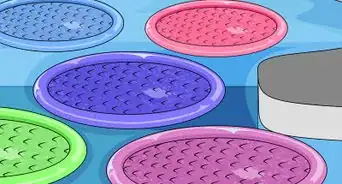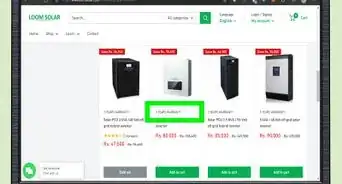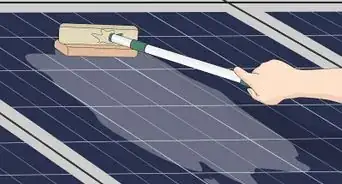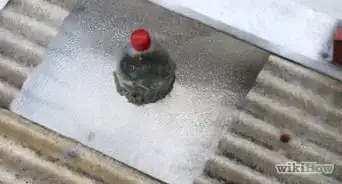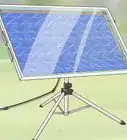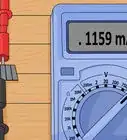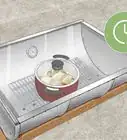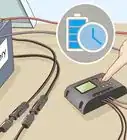This article was co-authored by Guy Gabay and by wikiHow staff writer, Jennifer Mueller, JD. Guy Gabay is a Solar Energy Contractor and the CEO of AmeriGreen Builders, a full-service solar energy, roofing, HVAC and window installation company based in the greater Los Angeles, California region. With over eight years of experience in the construction industry, Guy leads the AmeriGreen team focusing on bringing an educational approach to energy efficient home upgrades. Guy holds a B.S. in Marketing from California State University - Northridge.
There are 12 references cited in this article, which can be found at the bottom of the page.
This article has been viewed 19,764 times.
If you've decided to go solar, you probably want to make sure you're getting the most you can out of your solar energy system. Fortunately, there are plenty of things you can do to increase the efficiency of your array, from choosing the right photovoltaic cells to installing your panels for maximum exposure.[1] After installation, proper management and upkeep help ensure your panels continue to perform as efficiently as possible for many years to come.
Steps
Community Q&A
-
QuestionHow can I increase my solar panel capacity?
 Drew Hawkins1Community AnswerYou can do a few things to increase the efficiency of your panels. One simple way is to add anti-reflection coatings. Anti-reflection coatings allow cells to absorb more rays. Without anti-reflection coatings, more than 30% of the light that reaches your panels isn't absorbed and converted into energy. The photovoltaic cells in high-quality solar panels have anti-reflection coatings to prevent the loss of light from reflection, which can help them absorb more of the sun's rays. You can also orient solar panels for maximum exposure. So if you live in the northern hemisphere, orient your panels facing geographic south. If you live in the southern hemisphere, on the other hand, have your panels face north. That'll help your panels absorb more light as well.
Drew Hawkins1Community AnswerYou can do a few things to increase the efficiency of your panels. One simple way is to add anti-reflection coatings. Anti-reflection coatings allow cells to absorb more rays. Without anti-reflection coatings, more than 30% of the light that reaches your panels isn't absorbed and converted into energy. The photovoltaic cells in high-quality solar panels have anti-reflection coatings to prevent the loss of light from reflection, which can help them absorb more of the sun's rays. You can also orient solar panels for maximum exposure. So if you live in the northern hemisphere, orient your panels facing geographic south. If you live in the southern hemisphere, on the other hand, have your panels face north. That'll help your panels absorb more light as well. -
QuestionCan mirrors increase solar panel output?
 Drew Hawkins1Community AnswerActually, yes, you can use reflectors or mirrors to bring more sunlight to your solar panels. But it may be a bad idea. The increased, unnatural exposure can cause hot spots on the panels, which could affect how well they function in the long run. Additionally, if the mirrors do damage your panels, it could void your warranty. So before you go surrounding your panels with mirrors, read through your warranty carefully to make sure it won't cause any problems if you need repairs or maintenance in the future. It may not be worth it.
Drew Hawkins1Community AnswerActually, yes, you can use reflectors or mirrors to bring more sunlight to your solar panels. But it may be a bad idea. The increased, unnatural exposure can cause hot spots on the panels, which could affect how well they function in the long run. Additionally, if the mirrors do damage your panels, it could void your warranty. So before you go surrounding your panels with mirrors, read through your warranty carefully to make sure it won't cause any problems if you need repairs or maintenance in the future. It may not be worth it. -
QuestionWhat is the highest output solar panel?
 Drew Hawkins1Community AnswerThe best, most efficient solar panels are made with grade A monocrystalline cells. The quality of your photovoltaic cells is the biggest predictor of solar panel efficiency. Whether buying or leasing, don't scrimp on the quality if efficiency is important to you. While panels with lower-grade cells might be less expensive to purchase, they'll be less efficient and produce less energy. In the long run, they'll cost you more to operate than panels with high-quality cells. Your best bet is to invest in higher quality panels from the start. Eventually, they may pay for themselves with the reduction in the energy you're buying from a power company.
Drew Hawkins1Community AnswerThe best, most efficient solar panels are made with grade A monocrystalline cells. The quality of your photovoltaic cells is the biggest predictor of solar panel efficiency. Whether buying or leasing, don't scrimp on the quality if efficiency is important to you. While panels with lower-grade cells might be less expensive to purchase, they'll be less efficient and produce less energy. In the long run, they'll cost you more to operate than panels with high-quality cells. Your best bet is to invest in higher quality panels from the start. Eventually, they may pay for themselves with the reduction in the energy you're buying from a power company.
References
- ↑ https://www.energy.gov/eere/solar/solar-performance-and-efficiency
- ↑ https://www.seia.org/sites/default/files/2018-06/SEIA-Consumer-Guide-Solar-Power-v4-2018-June.pdf
- ↑ https://www.energysage.com/solar/101/types-solar-panels/
- ↑ https://www.energy.gov/eere/solar/solar-performance-and-efficiency
- ↑ https://www.energy.gov/eere/solar/homeowners-guide-going-solar
- ↑ https://www.energysage.com/solar/decision-guide/how-to-choose-a-solar-installer/
- ↑ Guy Gabay. Solar Energy Contractor. Expert Interview. 4 August 2020.
- ↑ https://energyeducation.ca/encyclopedia/Solar_panel_orientation
- ↑ Guy Gabay. Solar Energy Contractor. Expert Interview. 4 August 2020.
- ↑ https://energyeducation.ca/encyclopedia/Solar_panel_orientation
- ↑ https://news.energysage.com/solar-trackers-everything-need-know/
- ↑ Guy Gabay. Solar Energy Contractor. Expert Interview. 4 August 2020.
- ↑ https://www.energy.gov/eere/solar/homeowners-guide-going-solar
- ↑ https://www.energy.gov/eere/solar/articles/solar-plus-storage-101
- ↑ https://www.energy.gov/eere/solar/articles/solar-plus-storage-101
- ↑ https://www.energymatters.com.au/renewable-news/solar-panels-cleaning/
- ↑ https://www.solarpowerworldonline.com/2020/05/pro-tip-never-use-soap-to-clean-dirty-solar-panels/
- ↑ https://www.mtu.edu/news/stories/2015/october/shining-more-light-solar-panels.html
- ↑ https://www.energy.gov/eere/solar/homeowners-guide-going-solar
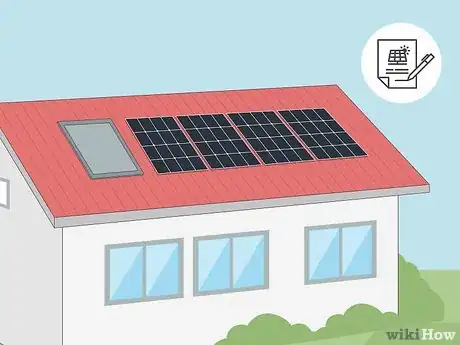
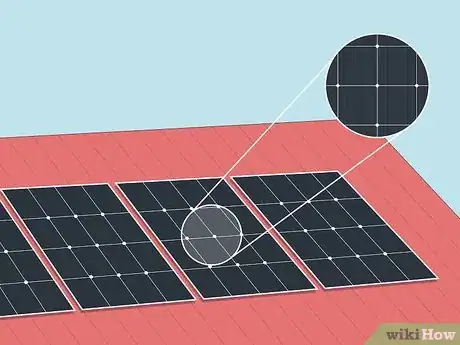
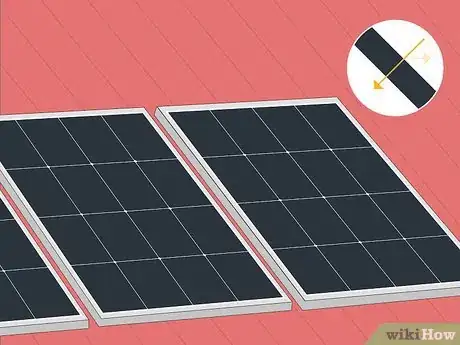
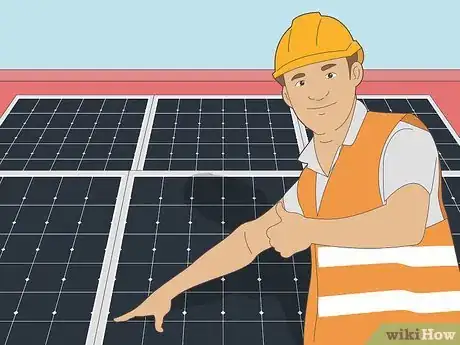
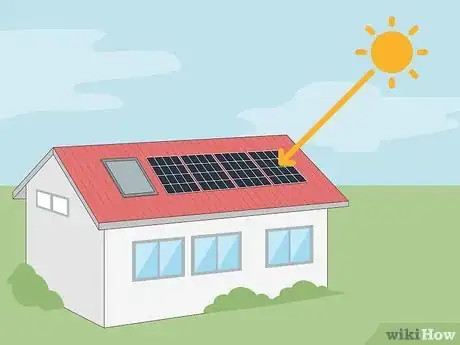

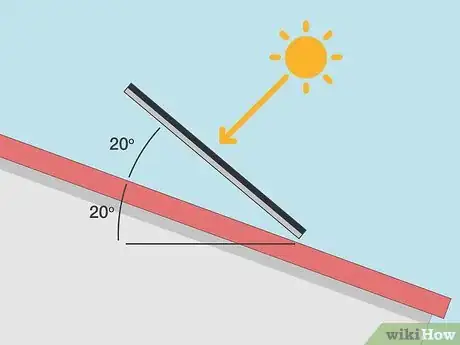
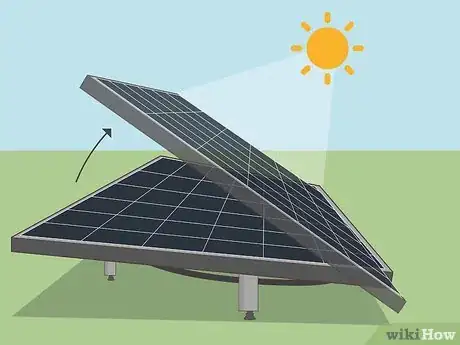
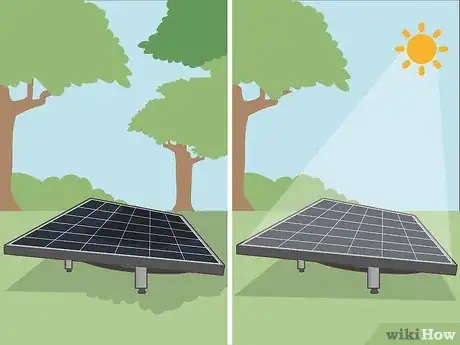
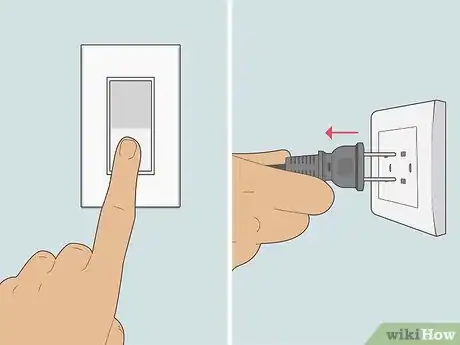
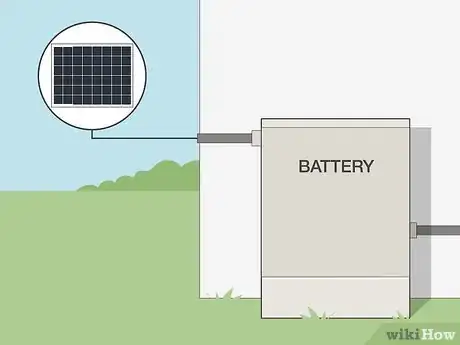
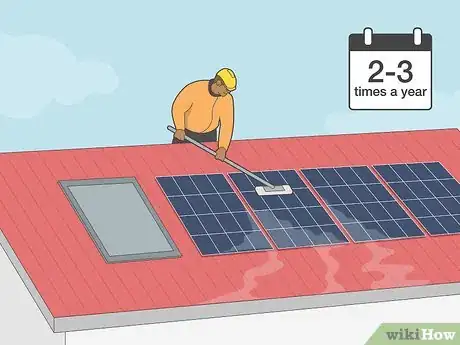
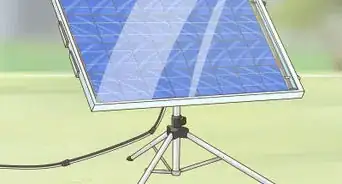
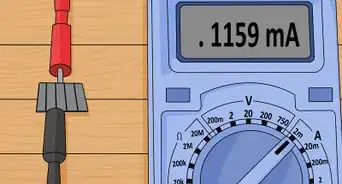
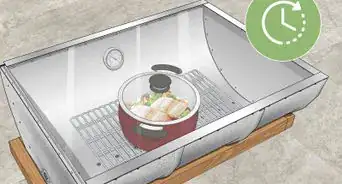
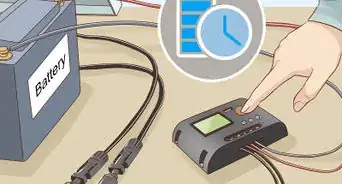
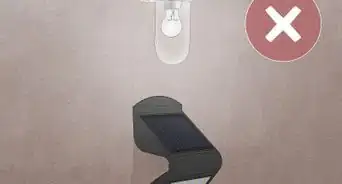
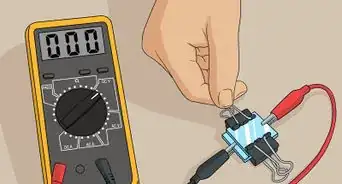
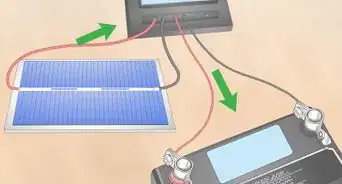

-Step-12-Version-2.webp)
-Power-Generator-Step-11-Version-2.webp)
